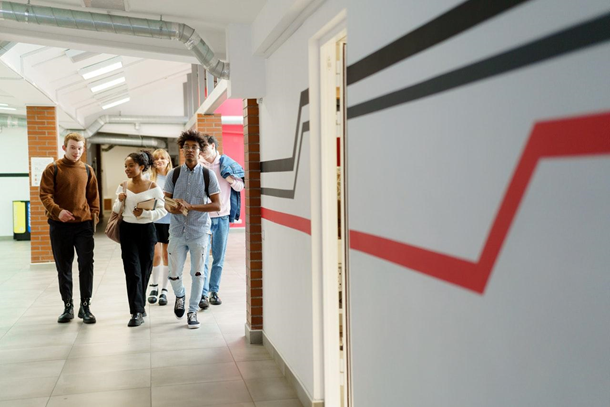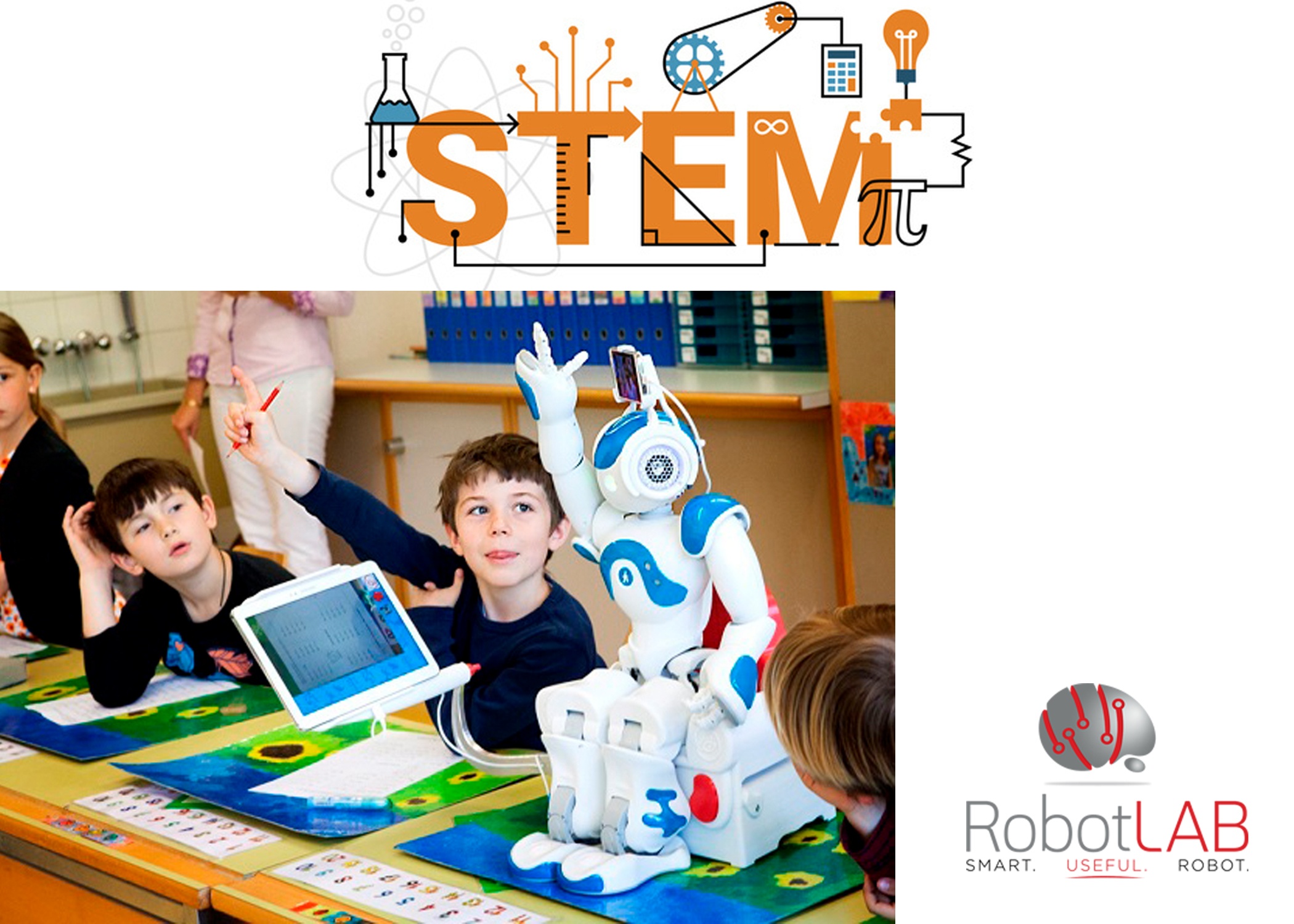By Dan Matthews
 Image Source: Pexels
Image Source: Pexels
School is such an important formative experience for everyone. It helps to guide us toward our interests, develops our social foundations, and is instrumental in shaping our understanding of both who we are and who we want to become. For some students, this is the time that they develop their interest and enthusiasm for science, technology, engineering, and math (STEM) fields.
However, as they reach high school, there is often a shift in educational intentions. The responsibilities of teachers shift from simply providing insights into these subjects, to actively helping to put students into a position where they can prepare for a STEM career. This isn’t always easy, particularly in schools where a lack of adequate funding results in less access to STEM materials and fewer opportunities to engage meaningfully with the subjects.
So, what can you as a teacher do to best prepare high schoolers for a STEM career path? Let’s examine some of the tactics, tools, and ideas you can utilize.
Project-Based Learning
Theory is an important aspect of STEM learning. It helps to provide students with the knowledge that underpins everything they do. However, the majority of students are unlikely to enter STEM careers where their duties will entirely revolve around expressing theory. As such, your approach to teaching high school students needs to connect theory to the practical applications they’re likely to use it for.
This is where project-based learning can be useful. This is an approach that doesn’t just introduce a theory and use an experiment to demonstrate. Rather, it creates modules where a challenge is presented, and students create a project that uses theory and practice to solve it. These methods strike a theoretical and practical balance while also keeping students fully engaged in their learning. A project-based curriculum is also in line with the priorities of high schools today in preparing all students for the workforce, addressing the problem that just under half of students report they feel ready for the jobs outside of school. It teaches life skills such as collaboration and communication, and even introduces them to the differing — often heavier — coursework they will face in college.
Perhaps most vital is that a project-led curriculum better reflects and teaches them the protocols they’ll need in STEM careers, particularly in development project management roles. Even seemingly futuristic paths like autonomous car engineering and space exploration can benefit from an education that is geared around recognizing a challenge, working together to find solutions, and analyzing the results to progress or improve. It doesn’t even have to utilize a lot of expensive equipment — putting students into teams means they share equipment, and encouraging creative use of accessible materials such as cardboard or recycled goods is a tradition in engineering particularly.
Embracing Diversity
As a teacher, you can positively influence your students and the society they’ll affect. One of the ways this applies to preparing high schoolers for STEM careers is by encouraging a more diverse group of students to actively engage in these fields. One of the primary issues that is preventing diversity in the STEM workplace, is that students who are not white and male often feel shut out of these subjects during their school experience.
Women, in particular, continue to face distinct inequality in these fields. Gender bias in tech has created male-dominant industries in which women as a minority aren’t getting their valuable ideas heard, and often have to work harder than their male counterparts for recognition of their talents. It is therefore important to take the time to talk to your female high schoolers about their concerns about a STEM career, or what might be holding them back from engaging fully. Help them feel empowered by recognizing their skills, and introducing them to potential careers in which they could thrive.
Remember, too, that part of encouraging a more diverse student base toward STEM careers is representation. One recent study found that 32% of STEM workers surveyed believed that a lack of representative role models was a major reason that there aren’t more Black and Hispanic contributors in these fields. This means it is important to introduce your students to relevant visiting speakers and mentors that can help them see that they can have a place in STEM industries.
Working Together
It’s important to remember that preparing your students for jobs in STEM is not a static activity. The world is changing, and the elements that impact careers in tech and science-based roles are shifting frequently. However, you are only one person, and while you always have your students’ best interests at heart you can’t and shouldn’t be expected to take this responsibility entirely on your shoulders. As such, it can be important to work alongside other teachers and the community to ensure STEM lessons remain relevant and optimized toward careers.
Alongside your faculty colleagues, reach out to local and national university STEM departments, and seek insights into what is changing about their subjects, and how students can be better prepared to attend courses. Engage with industries and institutions to get leadership input into how their sector is developing and what skills the next generation of workers are likely to need. Don’t just focus on the technical education, but also the soft skills that will help them be happier and more effective contributors.
It can then be useful to regularly gather with other members of faculty, careers guidance counselors, and even community members to discuss your high school’s approach to teaching STEM. Brainstorm ideas together to explore the potential for a more appropriate route. Using mind mapping software can help everyone engage in the process, particularly if some members need to attend the meeting remotely. Using assigned color-coded bubbles helps to keep the creative collaborative process well organized, too. This approach helps to build an agile, relevant roadmap for a curriculum that puts your students’ future first.
Conclusion
STEM careers can be enriching and fascinating. However, not all students feel they leave high school well prepared for them. Utilize project-based learning, keep in mind the challenges minority populations face in these fields, and collaborate to create an effective curriculum. A lot is already expected of teachers, but with regular adjustments to practices, your high school students have an opportunity to thrive in STEM careers.
Discover More About STEM with RobotLAB



